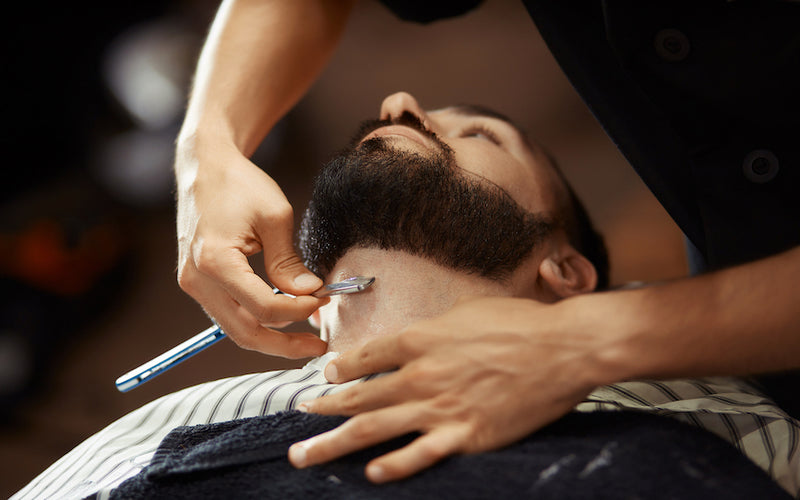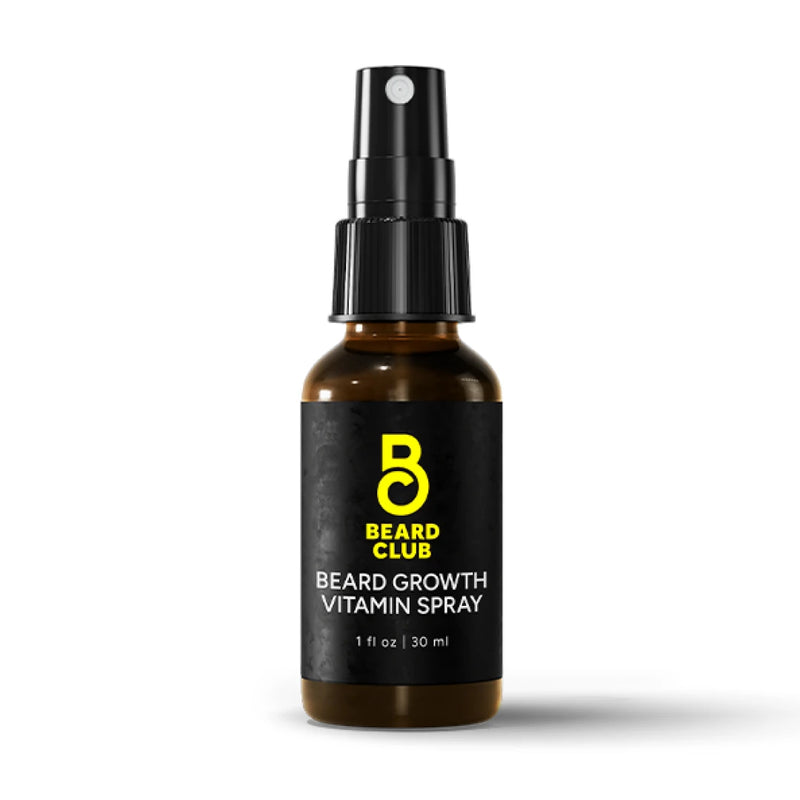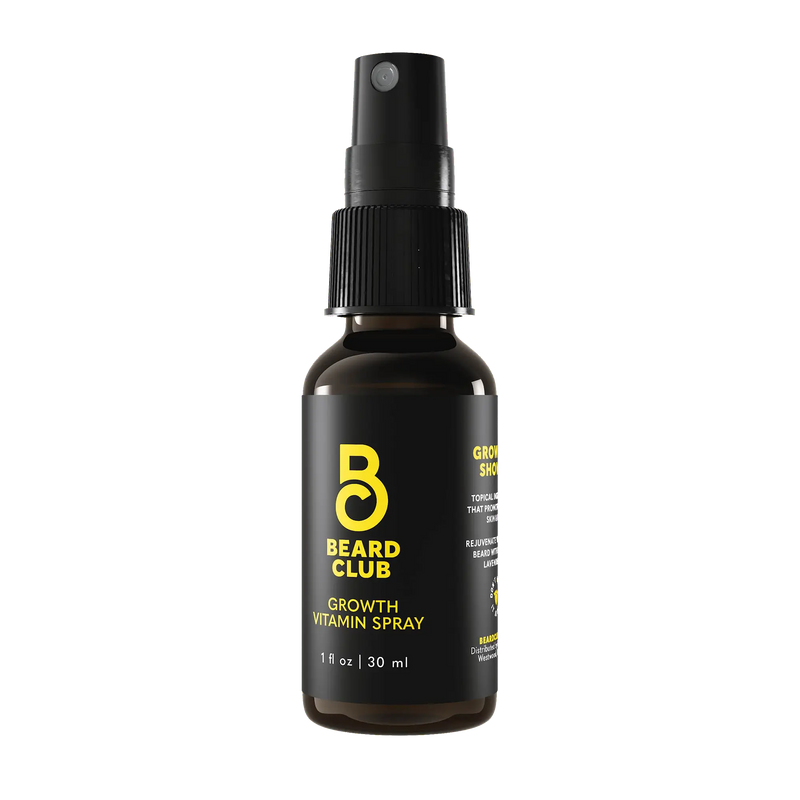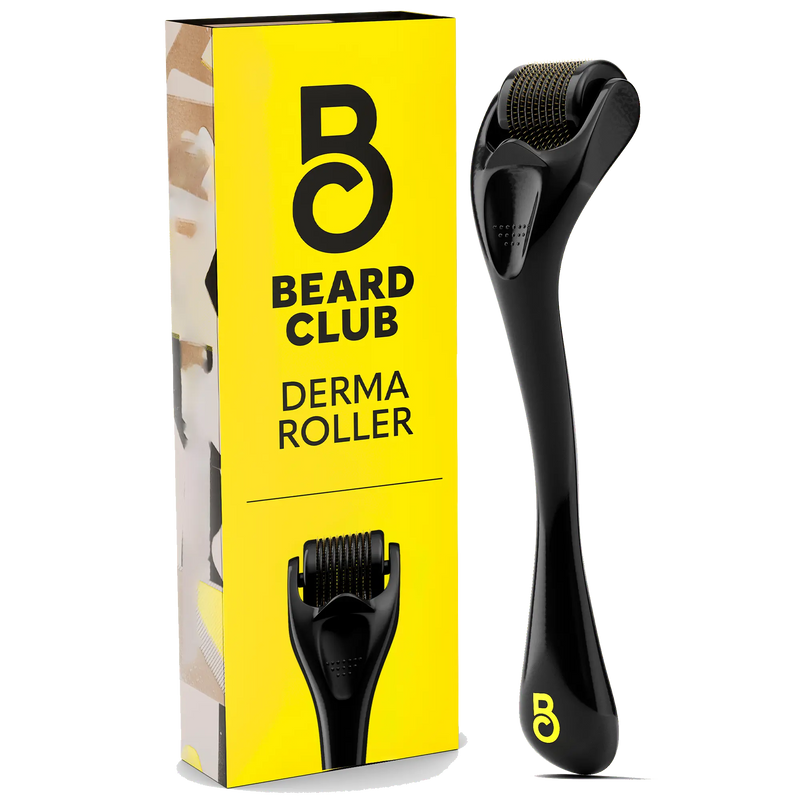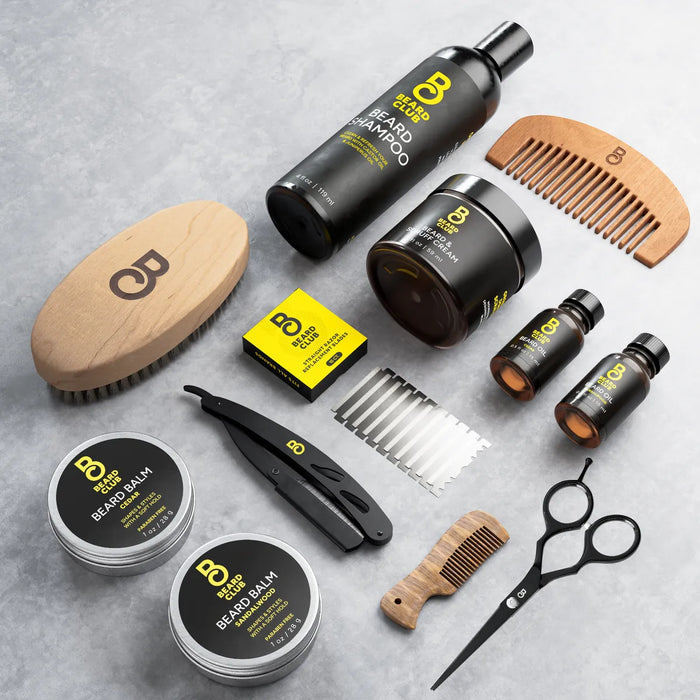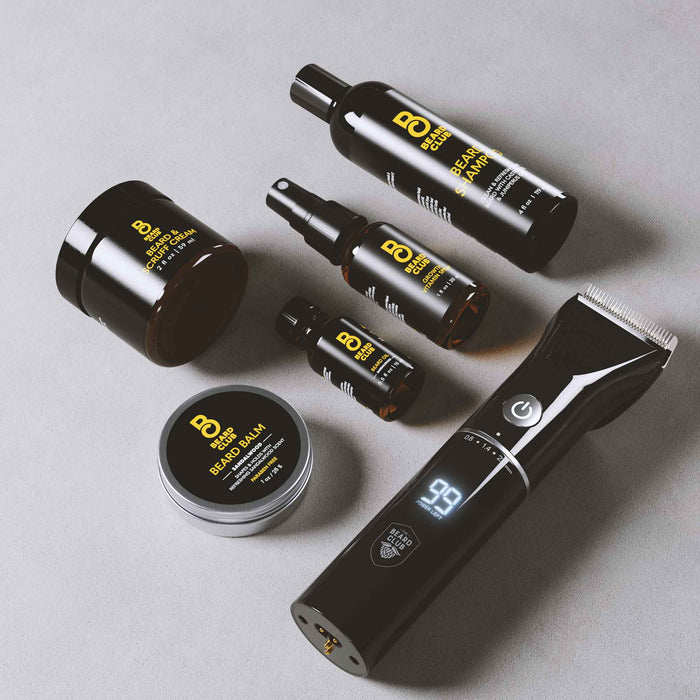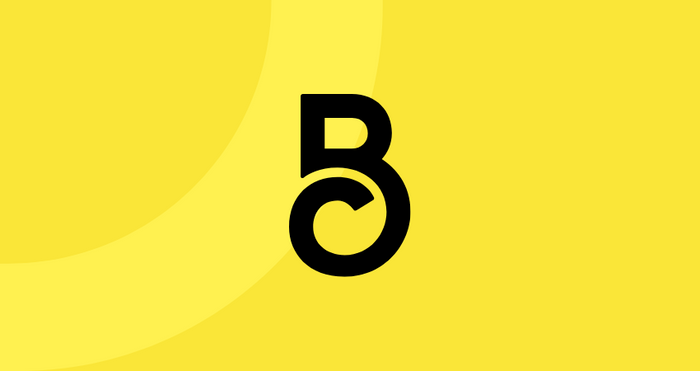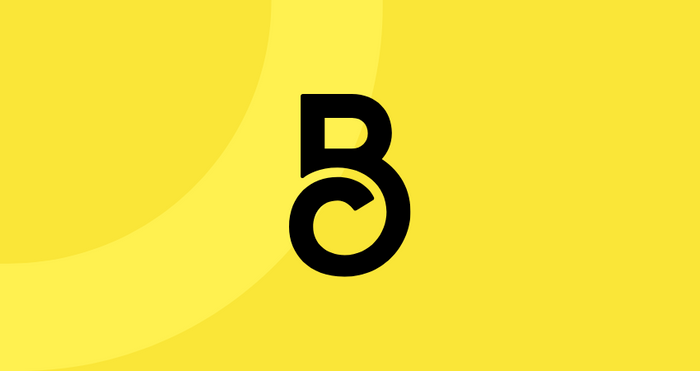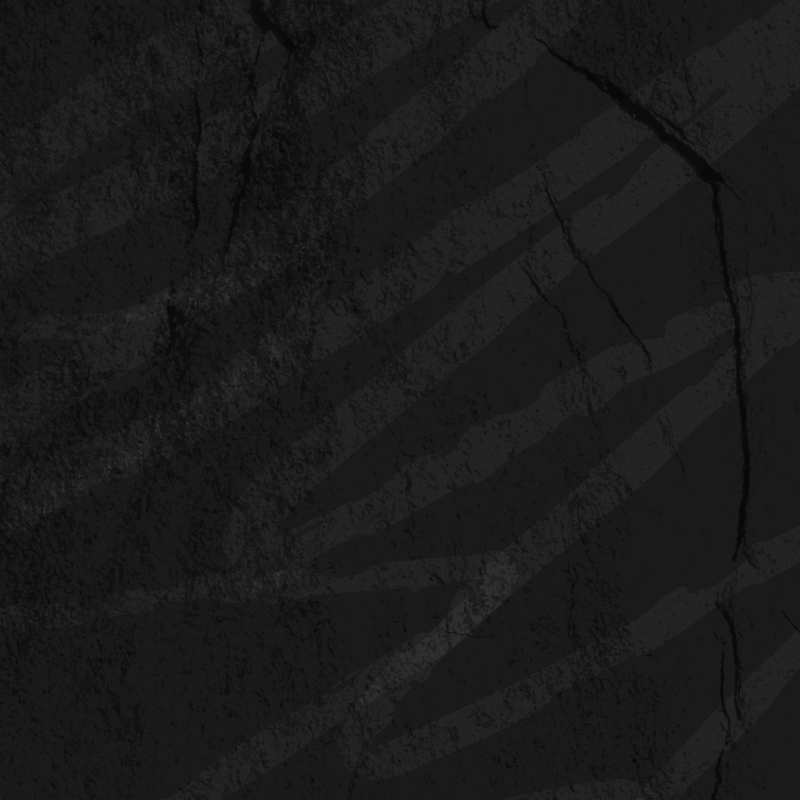Does Trimming or Shaving Help Beard Growth?
The idea that regular trims or shaving can somehow magically cause your beard to grow thicker and faster has been around for a while. It's a popular topic of discussion at barber shops, in the locker room, and on online forums. But what does science have to say about this? Let’s dissect the mystery behind hair growth, the impact of trimming, shaving, and proper hair care, and how they contribute to the health and appearance of your beard.
Expand your knowledge and debunk some long-standing myths as we dive into the science and art of beard growth.
What Is the Science Behind Hair and Beard Growth?
Understanding hair growth requires a basic grasp of its biology. Hair grows from follicles, tiny bulb-like structures embedded in your skin. Blood flow nourishes these follicles, supplying them with the oxygen and nutrients necessary for hair growth. Each individual hair shaft is made of keratin, a type of protein.
Your beard hair growth has multiple stages. Initially, hair rapidly grows from the follicles, and this growth phase can last for years. Later on, the hair enters a resting phase where it eventually falls out, and the cycle begins anew.
Collagen, a protein abundant in your body, plays an integral role in maintaining the health and vitality of your hair. It provides the infrastructure of the hair follicle and directly influences the hair's strength and texture.
Biotin, a B vitamin, also plays a role in hair health. It's involved in the production of keratin and can help increase hair's thickness. That’s why many hair supplements are packed with biotin to support healthy hair growth.
While lots of science is involved in hair growth, everyone's hair grows at different rates. Factors like genetics, health, and diet can influence the speed and quality of your hair growth.
Does Trimming or Shaving Help Your Beard Grow?

A widespread belief is that regular trimming or shaving stimulates faster and thicker hair growth. But here's the truth: this is a hair myth.
Trimming or shaving doesn’t affect the biological process of hair growth. Hair grows from the follicle located beneath the skin, so cutting the hair shaft at or above the skin's surface doesn’t impact what happens at the follicular level.
The misconception likely came from the way your hair looks immediately after a trim or shave. When you shave, you're cutting the hair shaft at its widest point, making the regrowth appear thicker. Similarly, a freshly trimmed hair strand can seem denser because the thinner, more damaged ends have been removed.
That said, regular trims are beneficial for hair health for other reasons, namely because they help eliminate split ends and breakage. Split ends come from hair shaft damage and can lead to the hair strand breaking off completely.
Regular trims remove these dead ends, preventing further damage and maintaining the health of your beard. This leads to your beard looking fuller and denser over time, but not because the rate of growth or thickness of individual hairs has changed.
How Can Hair Care Impact Beard Growth?
While trimming and shaving may not directly stimulate hair growth, the way you care for your hair can significantly influence its health and appearance. Good hair care practices can prevent hair breakage, help manage thinning hair, reduce frizz, and even reduce the risk of hair loss, leading to a more attractive and healthier beard.
Do Beard and Scalp Massages
You can promote healthy hair growth by performing regular scalp massages — or beard massages, as the case may be. These massages stimulate blood circulation, delivering a greater amount of oxygen and nutrients to your hair follicles, promoting healthier hair growth. You can also give your facial masterpiece a good brushing to stimulate blood flow.
Follow a Solid Washing and Moisturizing Routine
The build-up of hair products, oils, and dead skin cells can clog your hair follicles, potentially inhibiting hair growth. Regularly washing your beard with a specifically formulated beard shampoo can prevent this build-up, keeping your follicles clear and healthy.
Follow that up with a beard conditioner, and if you want extra bonus points, use a Beard Growth Oil once you’ve dried off your beard for increased moisture.
Trim Your Ends
Regular maintenance is vital for a healthy beard. This includes regular trims to remove beard split ends and prevent hair fall. Taking care of the ends of your hair, especially, can help maintain the overall health of your beard since the ends are the oldest and most likely to be damaged.
Skip the Heat Tools
Using hair dryers and other DIY hairstyling tools can also impact your hair health. While these tools can make styling your beard easier, excessive heat can cause damage. Use these tools sparingly and always apply a heat protectant to minimize potential harm.
Chat With a Professional
Just as you’d consult a dermatologist for skin issues, you can chat with a hairstylist to get advice for maintaining hair health and promoting growth. They can recommend products and treatments for your specific hair type so you know your beard is getting the best care possible. Healthy hair growth is a marathon, not a sprint. It requires consistent care and patience.
How Does Your Hair Type Impact Hair and Beard Growth?
Your natural hair texture can significantly influence your hair health and how fast it grows. Coarse or curly hair might need more moisture, while thin hair might require volumizing products. Understanding your hair type can help you tailor your care routine to your hair's specific needs, promoting healthier hair growth.
Can Supplements Help With Beard Growth?

Supplements can be a beneficial addition to your hair care regimen, especially if your diet lacks essential nutrients for beard growth. Beard growth supplements, often rich in biotin, collagen, and other vital vitamins, can help enhance the health and quality of your hair strands.
Products like our Beard Growth Vitamin Spray fill the nutritional gaps that your diet might not cover, providing your hair with the essentials it needs to grow healthy and strong.
Just remember that supplements aren’t magic pills that will make your hair grow overnight. Supplements alone can’t reverse hair loss or give you instant flowing locks. They work best in conjunction with a balanced diet and the good hair care practices we mentioned above.
The Takeaway
While trimming or shaving doesn’t directly stimulate beard growth, it plays an integral role in maintaining the health of your hair. This, along with proper hair care, a healthy diet, and potentially the help of supplements, can promote healthier, faster beard growth.
It's not about quick fixes but rather consistent care and patience. Continue to read and learn more about your hair and how you can best support it, and take charge of your beard health today.
Sources:
The Role of Biotin in Hair Growth | Medical News Today
